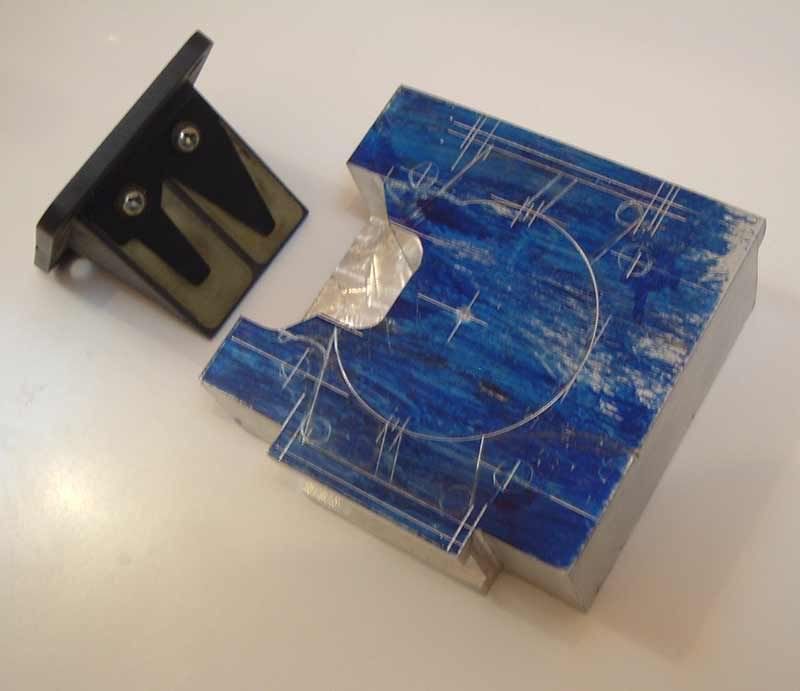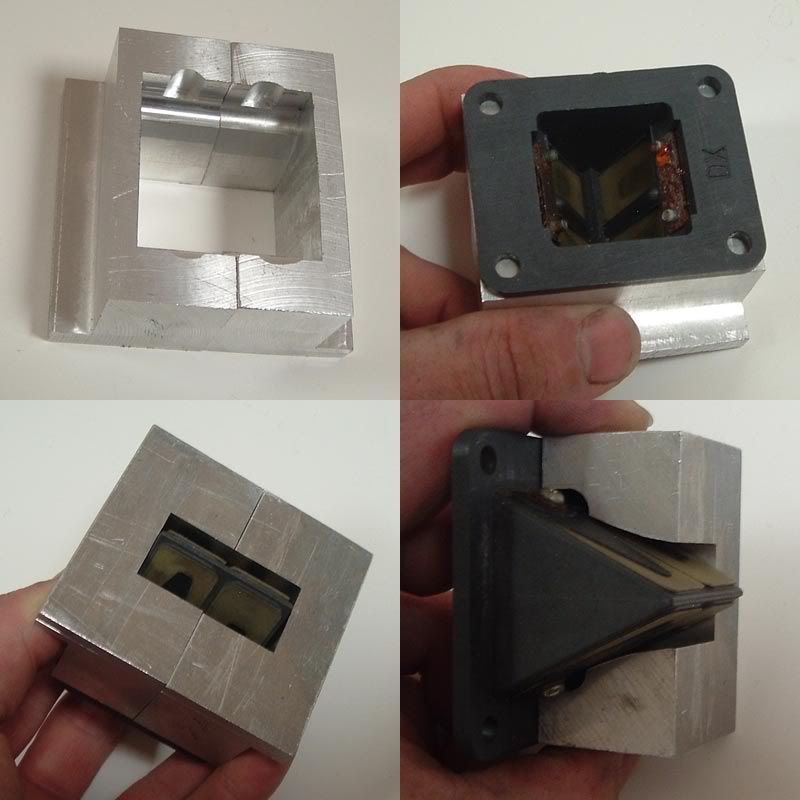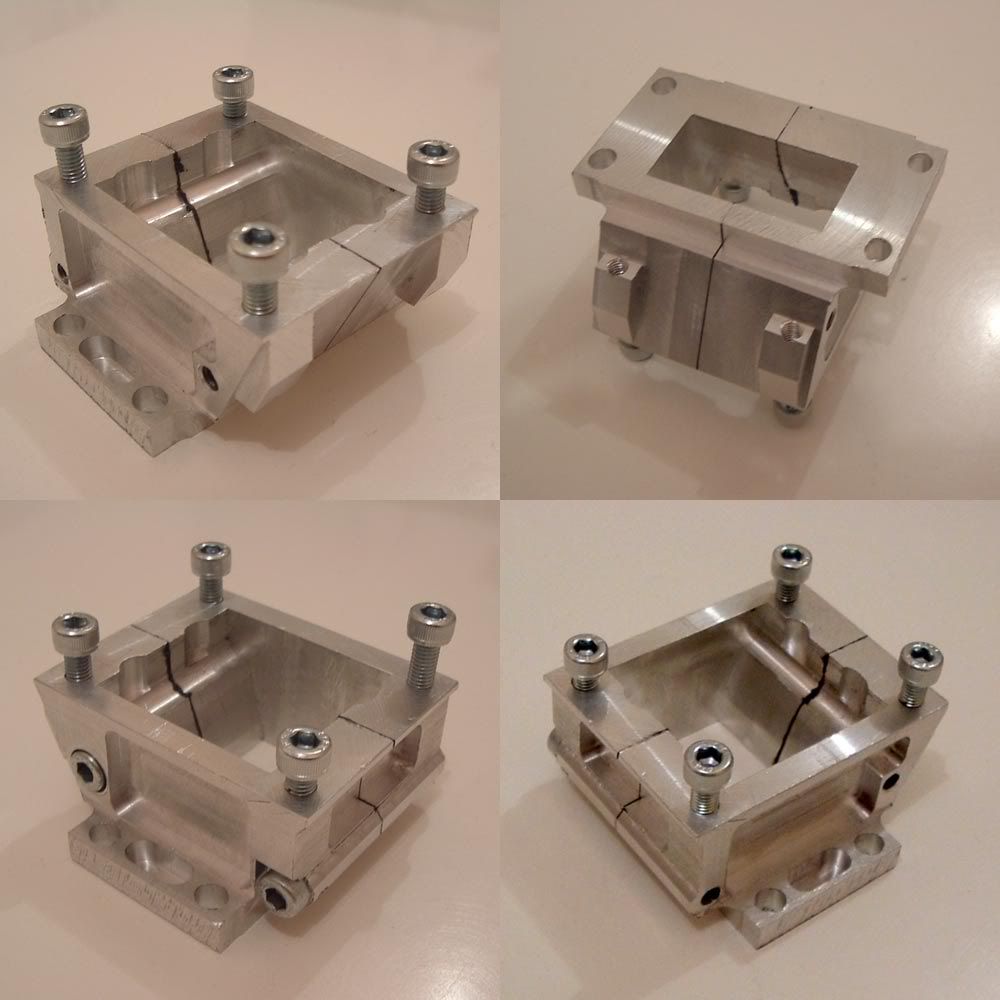What Are The Benefits?
Favoured for components that are subjected to heavy loading, nitriding imparts a high surface hardness which promotes high resistance to wear, scuffing, galling and seizure. Fatigue strength is increased mainly by the development of surface compressive stresses. Hot hardness and resistance to tempering are improved and corrosion resistance is moderately enhanced. The low processing temperature and subsequent slow cooling help minimise distortion.
Typical applications include gears, crankshafts, camshafts, cam followers, valve parts, extruder screws, die-casting tools, forging dies, aluminum-extrusion dies, injectors and plastic-mould tools.
In ferritic nitrocarburising, the resultant compound layer, with good lubricant-retention characteristics, is responsible for the major benefit of high resistance to wear, scuffing, galling and seizure. The diffusion zone contributes improved fatigue resistance if components are quenched after nitrocarburising. An increase in corrosion resistance can be improved upon further by post-oxidation treatment which imparts an aesthetically-pleasing black finish; additional polishing and oxidation steps can yield a surface finish rivaling hard chrome plating, in terms of high corrosion resistance combined with low coefficient of friction.
Typical applications of ferritic nitrocarburising encompass pressings, bearing shafts and cages, cams and crankshafts, gears, bushes, liners, pump components,sintered parts, plastic-mould and extrusion dies and tooling.
Whilst it can also increase the hardness of alloy steels, the influence of ferritic nitrocarburising on the bulk surface hardness of low-carbon non-alloy steels is moderate .Austenitic nitrocarburising allows the other benefits to be combined with indentation resistance by strengthening the substrate beneath the compound
the main problem is that bearign races need to be REALLY round.. or else the bearing will die quickly... thats why the shells are not usually thin.






 Reply With Quote
Reply With Quote




Bookmarks